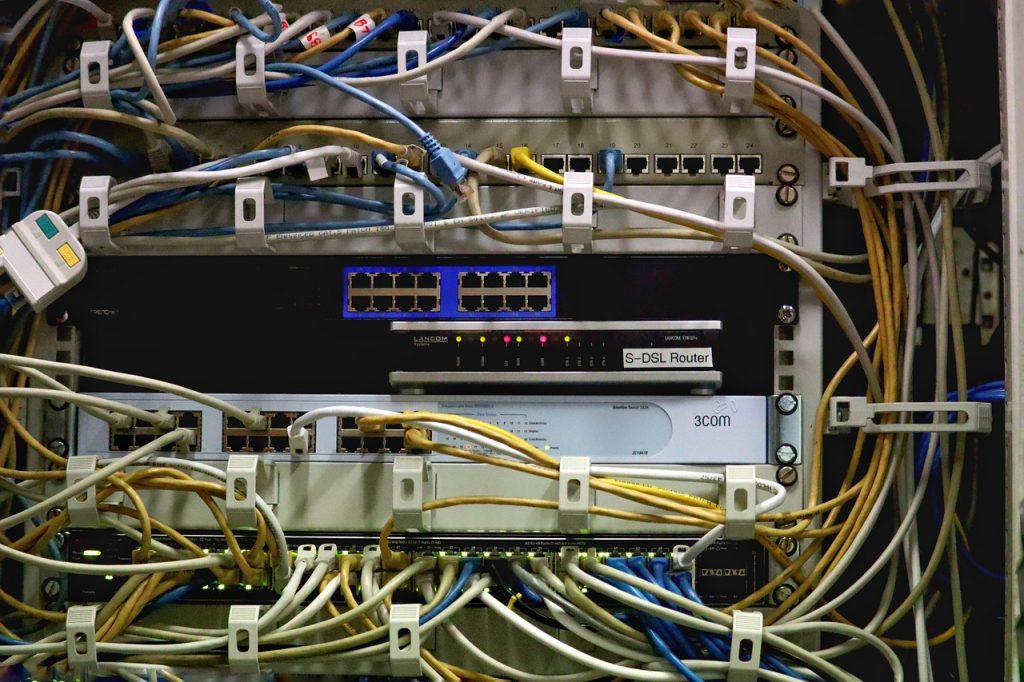Whether you’re using manual poking techniques or security testing tools, hackers use various methods to break into your SQL server and damage some essential commands or software integrity.
The SQL systems that don’t contain firewalls are incredibly vulnerable to threats and attacks. However, these firewalls cannot prevent DDOS attacks, one of the most popular methods used by hackers. Suppose the hackers use particular methods to break into your SQL server system. In that case, you need to perform the same tasks to determine the security and safety of the existing system. Due to this, you need to know about all the tricks the hackers can use to gain access to your SQL server and prevent the system from running correctly. The hackers can steal or corrupt the database of the SQL server. Therefore, you need to know which method they choose while attacking your SQL server system to anticipate their attacks.
Direct Connection through the Internet
Direct connections can allow hackers to access the database or the SQL server that doesn’t contain the essential firewall protection. If your system lacks firewall protection, the entire world can see it. If you look at recent reports, you will realize that most systems don’t implement important firewall protection. Therefore, they are more vulnerable to attacks. Due to this casual approach of the user, the database of the SQL server faces a massive threat. Sometimes, users expose the SQL system to some specific server that provides direct access to the hackers ready for malicious attempts. These attacks might cause service denial, buffer overflow, and many more. Keep in mind that these attacks will undoubtedly affect the vulnerability of your database and the SQL server. You might also lose essential data permanently.
Vulnerability Scanning
To reveal the weaknesses in any specific system, hackers use the vulnerability scanning method. In most cases, the web application and database systems use them. Different techniques such as Internet information service, SQL Server patches, and SNMP are vulnerable to exploitation by uncovering the penetration of the system through numerous methods. Attackers and hackers use different methods to gain access to the SQL database. Using malicious equipment, commercial tools, or open sources damages the system. Some hackers even use the command prompt manually to implement the hacks. To prevent your SQL system from being hacked, you need to use commercial vulnerability tools. These tools will protect the systems and provide you with useful information. These tools are extremely effective at securing your SQL system and database.
Crack the Password
This is one of the most common methods hackers use while hacking into a system. Cracking the password is an easy and effective process for them, especially if you use a weak or guessable password. They use different software to decipher your password. Cracking the password allows the hackers to look into your SQL Server database and damage the entire system. If you want to prevent this problem, make sure you use a strong password. Hackers will face extreme difficulties cracking down the strong and lengthy passwords. You can also use commercial tools that will enhance the effectiveness of the password and the SQL system. While creating a password, make sure you develop a combination of lower-case letters, upper-case letters, numbers, and special symbols. As per Dummies, hackers use keystroke logging to crack passwords.
SQL Injection
SQL injection is another favourite attack of malicious hackers. They use a front-end website application to execute this injection. Like the SQL commands, deformed or corrupted SQL examinations might be implemented into the website URL, and the command will be executed. If the hacker is patient, they will pose manual attacks. To prevent such hacking methods, many professionals often analyze the system to find any SQL injection vulnerabilities. However, performing and implementing these tasks is complicated and time-consuming as they encompass automated tools. Only professionals who have extensive knowledge in this particular field can comprehend these dynamics. They know relevant processes to discover the vulnerabilities and the best ways to solve the issues.
Blind Database Injection
Hackers use backend SQL servers through this attack. They also use web applications that are the same as the standard SQL injection. However, unlike the standard SQL injection, blind database injection is much more severe for the SQL and the database system. However, the hackers won’t receive feedback in the form of an error message while using the backend database injection. Due to the guesswork, these attacks are relatively slower than the standard SQL injection method. Most of the time, hackers use high-quality tools to implement this attack. These tools are difficult to resolve and break.
Reverse Engineering
The reverse engineering hacking method is just like the memory corruption weakness and software exploit. These are handy tools for hackers to gain public accessibility to any particular system, including SQL and databases. Various processes and examinations can help the hackers break into the SQL system through password cracking, determining the weakness of the server, attacking the vulnerabilities, etc.
Conclusion
These are the top 6 ways hackers can damage SQL server systems. If you have any other questions, make sure you comment below to let us know.
Suggested:
How To Fix SQLite Error Code 11 Malformed Database Schema?
Why do programmers prefer SQL?
Like this:
Like Loading...













 How to Find the Best Doctor Appointment App Development Company?
How to Find the Best Doctor Appointment App Development Company?